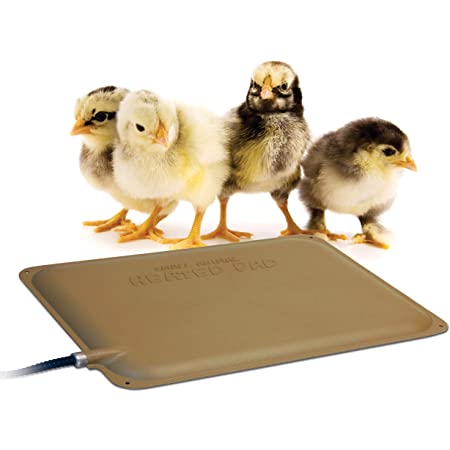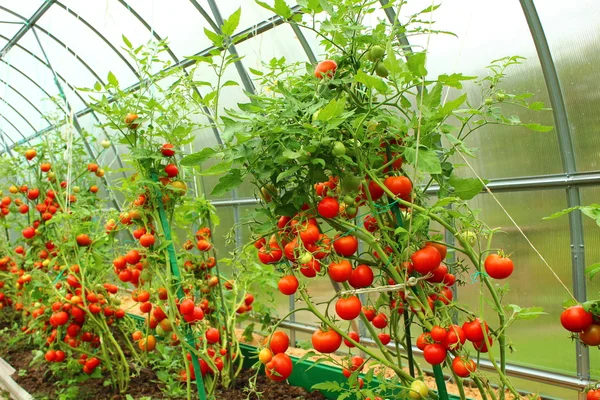Will chickens die without a heat lamp? In this post, we give you four alternatives to an electric heat lamp.
How warm do you need to keep your chicks warm? The recommended brooder temperature for the first 8 weeks period is as shown in the figure below.
Most chicken farmers use heat lamps to keep their baby chicks warm for the first 6-8 weeks. The heat source will keep them warm, happy and comfortable until they grow some permanent feathers. These can keep them warm in any weather condition.
| Chicken Age | Recommended Temperature |
| 1st Week | 92 – 95°F |
| 2-3 Weeks | 85 – 90°F |
| 3-5 Weeks | 80 – 85°F |
| 5-8 Weeks | 70 – 80°F |
| 8 Weeks + | room temperature |
Disadvantages of using heat lamps.
Using heat lamps has 2 key challenges
- They can and have caused many fire accidents and losses. You need to constantly adjust the lamps height to keep it safe and secure from coming into contact with your brooder materials.
- Heat lamps or brooder lights are expensive. They consume high electricity energy making your cost of chicken production high.
Heat Lamp Alternatives
Are you wondering what to use instead of heat lamp for chicks? Given the above challenges, chicken farmers today use alternative heat sources to keep their baby chicks warm. In this article, we give you four of them that rely on electricity sources. They are;
- Heated chick pads
- Reptile heat lamps
- Chicken coop heaters
- Chicken brooder heat plates
- Read Next: How to Keep young chicks warm without electricity
Why these alternatives?
In addition to keeping your chicks warm without a heat lamp, they keep your farm safe from accidental fires, they are cheaper and more efficient.
Heated chicks pad
These are the ideal heat source for chicks or other young pets for urban farmers. Use it in early stages of young chicks’ life or use it during the cold winter months. The thermostat peep heated pads has internal thermostats to self regulate your chicks warmth. They are ideal for use in indoors and outdoors and you can place them horizontal or vertical in the chick’s coop. They are cheaper than heat lamps as they only use 25 watts. The power supply cords for heated animal pads like has rounded edges to deter chicks from chewing it
Reptile heat lamps
Those ceramic heat lamps like the BOEESPAT 150W are safer, efficient and energy saving to use than the chicken heat lamps. They provide no visible light; at night the chicks’ sleep will not be affected allowing them to grow fast and healthy. Those infrared lamps are more durable than other sources. They provide 24 hours heat and can last for 15,000 hours before replacement. Besides, they are ideal for use in egg incubators. You can buy the white or the black ones. Ideal for Use with a 110-120 v porcelain socket.
Chicken coop heaters
Are you a farming technology enthusiast? The chicken coop panel heaters like the magicfly are the best choice to keep your chicks warm and comfortable. They come with a remote control you can use to easily see and adjust the coops temperature without entering into the coop. The heaters has a range of range of 130~160℉/ (55~71℃) and you can adjust it by pressing the button “-” or “+” on the LED display or by remote control. You can buy the big sized one of 19.68”X14” which will only consume 165 watts which is close to 90% energy efficiency than the traditional 1500 watts heater lamp.
Chick brooder heating plate
Chick brooder heating plated like the RentACoop’s 12×12″ heat plate is cheaper to raise chicks and ducklings. Its running cost is around $ 3.53 over weeks when running 24 hours a day. In comparison, the 250 watts heat bulb will spend over ten times higher at $ 40.32 running for 24hrs a day for 8 weeks to raise 20 chicks. The brooder plate can come with a anti roosting covers and comfort feathers. It can accommodate the growth of your baby chicks where you will adjust its height using clips on its four legs.
Conclusion to heat lamps
As bonus tips, Agcenture recommends
- Invest a power back-up power system incase of a power black-out. These can be a fuel generator or an off-grid solar power system.
- Consider traditional sources of heat used to keep chicks warm without electricity e.g kerosene lamps, charcoal jikos and cold brooders to prevent death of chicks through chilling.



